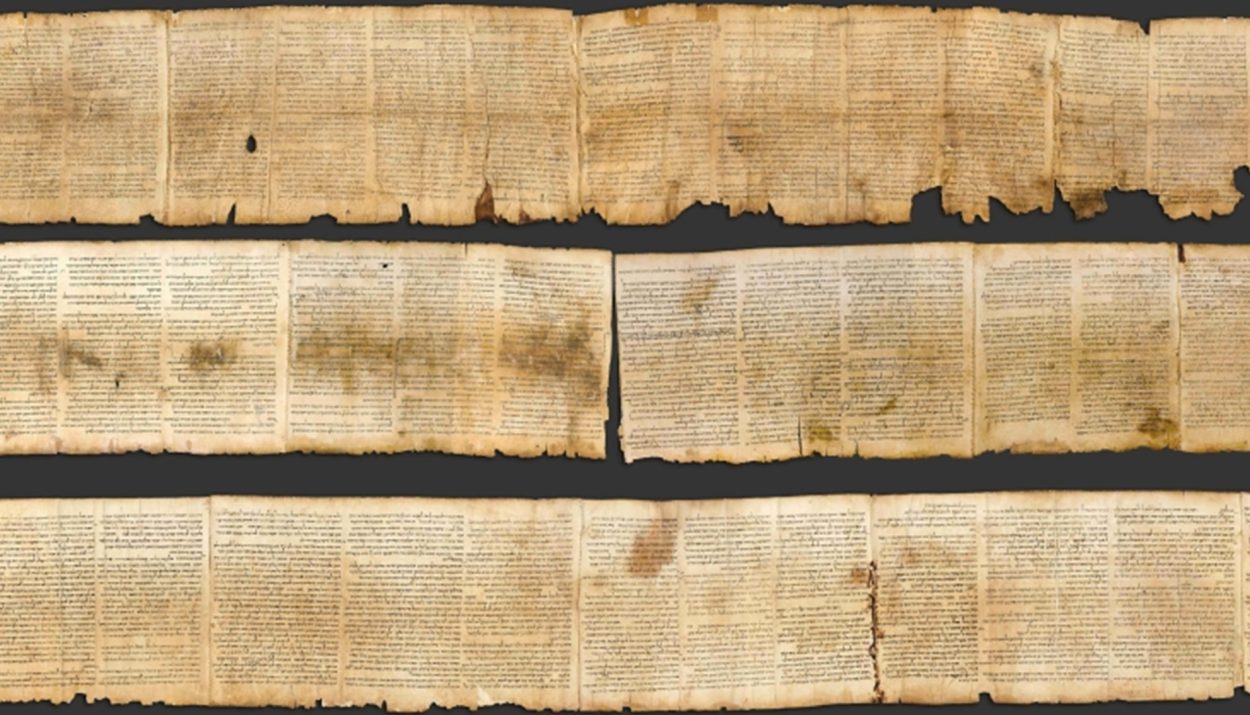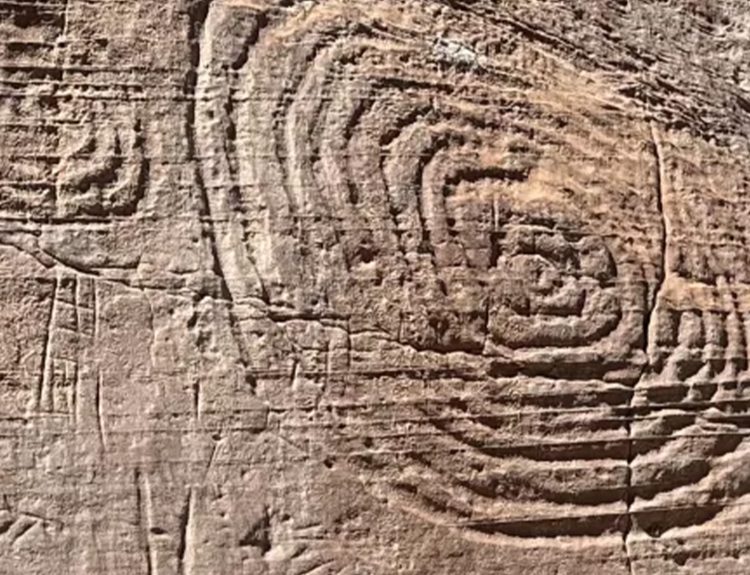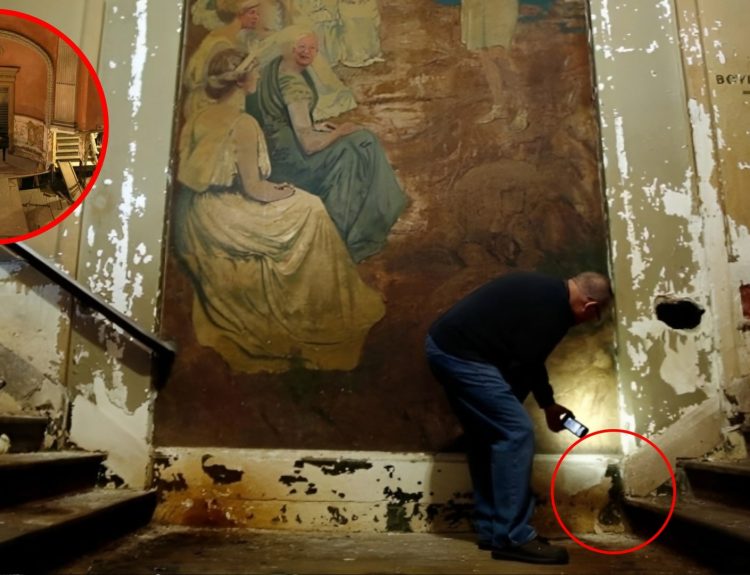Ancient religion is a fascinating subject, one that historians and theologists have been studying for centuries. It’s even more interesting when there is physical evidence of the beliefs and writings that people used to hold, and that evidence can sometimes be found in the unlikeliest of places.
Judaism Dates Back Millenia
Judaism is the single oldest monotheistic religion known to contemporary man. Judaism as a faith can be dated back to the Bronze Age and is believed to have originated in the Middle East. Judaism is more than a faith, it is also an ethnic group and thousands of people ascribe themselves not only to the Jewish faith, but the Jewish identity.
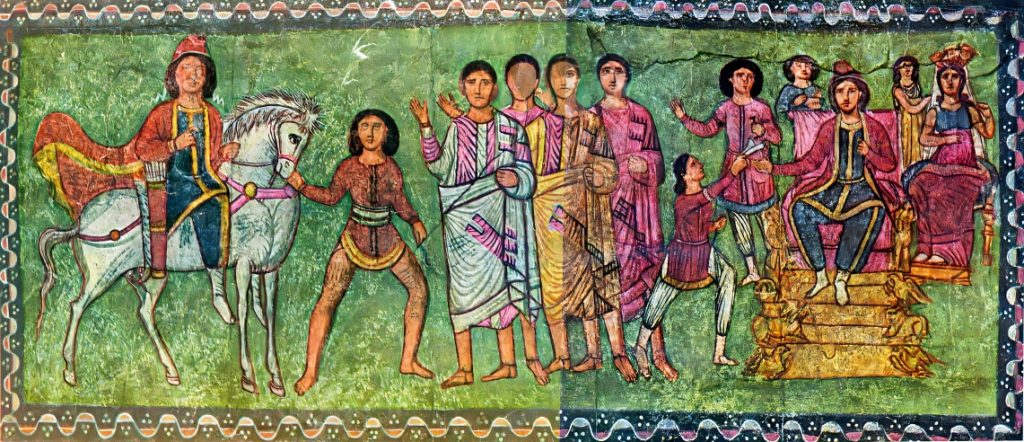
Writings of Judaism can be dated back millenia, and there is a great deal of dispute over who truly owns some ancient Jewish texts. The Dead Sea Scrolls are one such text whose ownership is disputed, but the history behind these artifacts is fascinating beyond merely who believes they own them.
Hidden Artifacts Finally Unveiled
The Dead Sea Scrolls are a set of ancient Jewish texts that scholars have dated back to somewhere between the third century BCE and the first century CE. This is during the period of the First and Second Temples, a time where tensions between the Jewish people and Rome were particularly high.
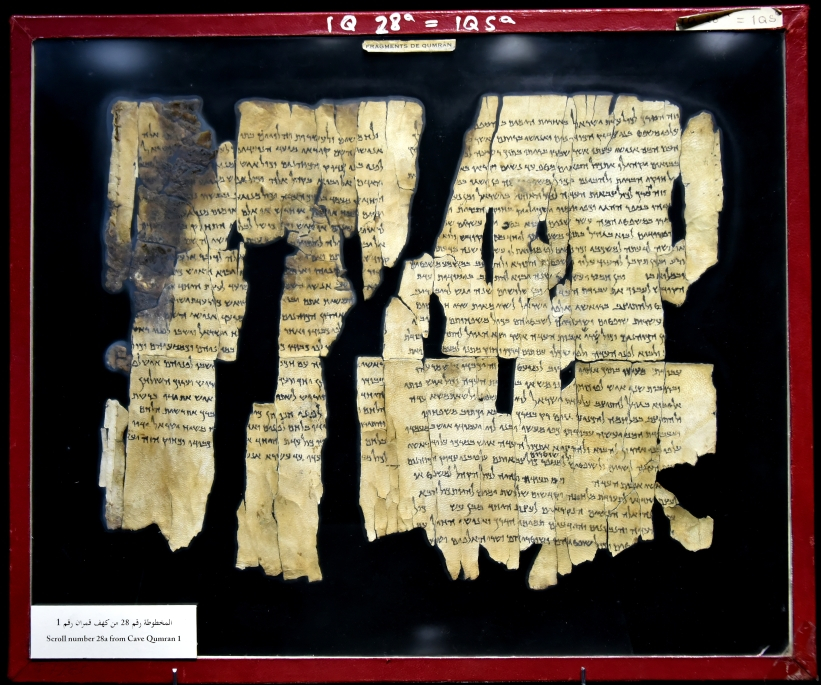
The scrolls were hidden away for thousands of years, and the texts were slowly discovered over a period of ten years between 1946 and 1956 at the Qumran Caves in the West Bank. The scrolls are considered of significant historical and theistic significance, because some of the scrolls contain complete stories that later became Biblical canon.
Thousands of Pieces of History Discovered
The Dead Sea Scrolls are fascinating artifacts, for more reasons than just their age and religious significance. The sheer number of them is notable too. Thousands of fragments of the Dead Sea Scrolls were discovered over the ten year discovery period, with a much smaller number being larger, better-preserved documents.

While the smaller fragments are notable and worthy of study, the true treasure of the Qumran caves is less than a dozen well preserved manuscripts. These manuscripts, all located in a single cave out of the eleven that were investigated, are important artifacts in Jewish culture, and even more so in the context of Middle Eastern history.
A Tumultuous History
The manuscripts have been the hot subject of debate regarding their ownership ever since they were discovered in the 40’s. When the scrolls were originally discovered, they were first stored in the Palestinian Archaeological Museum. After the 1948 Arab-Israeli war, though, the management of the museum fell under the authority of Jordan.
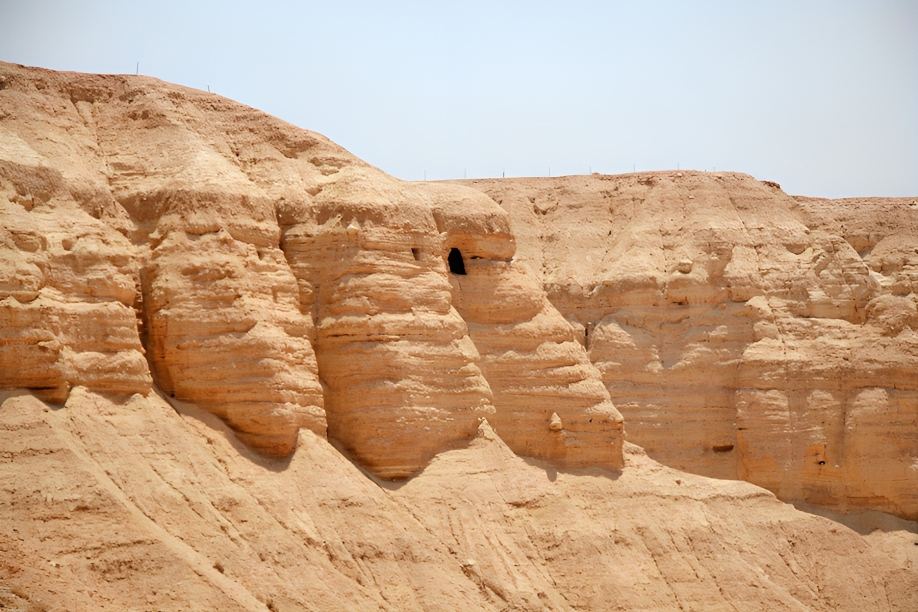
The battle over the artifacts didn’t end there, though. After the 1967 Arab-Israeli war, Jordan was defeated and Israel began to occupy the West Bank and East Jerusalem. The scrolls were then moved to the Israel Museum in West Jerusalem, where the scrolls remain on display to the present day.
Contested Ownership, and Information to be Learned
The strained history in the Middle East encompasses all parts of modern politics, and the ownership of the Dead Sea Scrolls is no exception. Israel claims ownership of the collection that is still housed in the Israel Museum, but both Jordanian and Palestinian authorities contest said ownership.
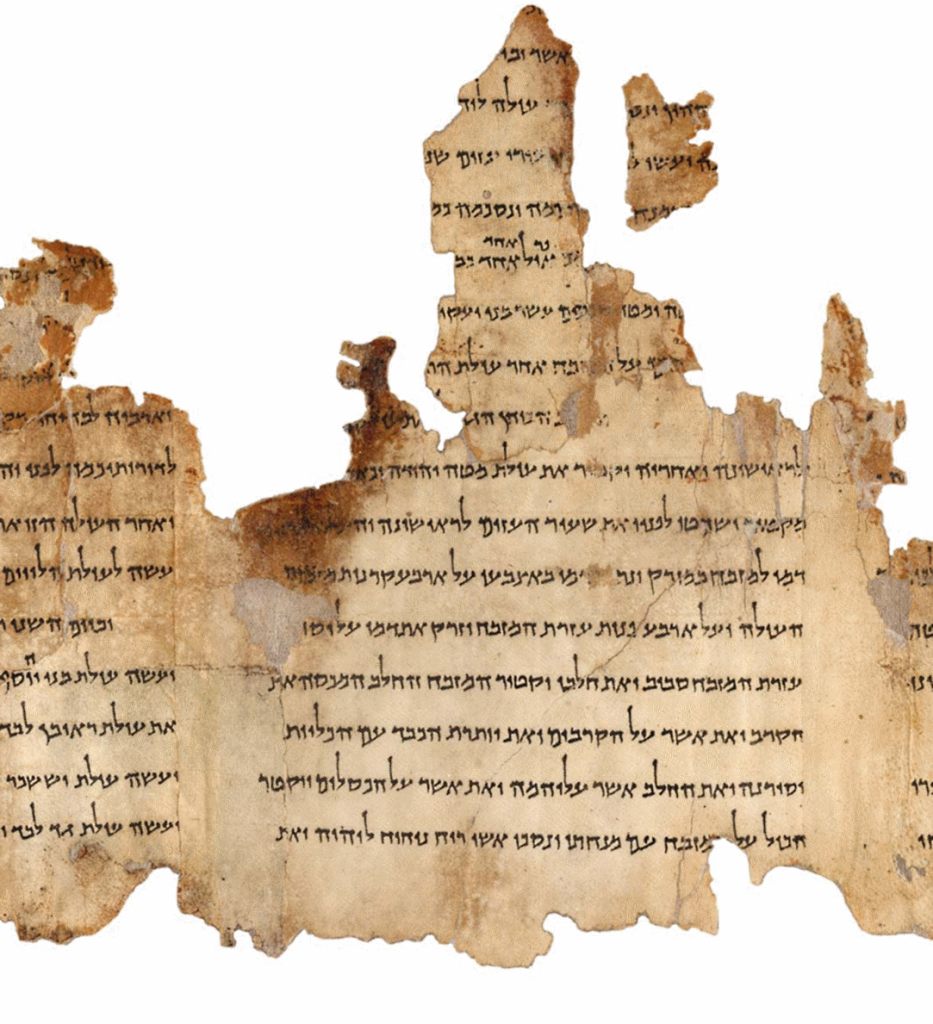
Regardless of who ultimately owns the scrolls, they are a fascinating piece of history that archaeologists and theologists study to this day. The sheer number of scroll fragments that were found means that many of the fragments haven’t been identified or translated, and new information is coming out about them all the time.
Modern Technology to the Rescue
Modern technology has made significant strides in allowing us to understand things that were hidden for a long time. The Dead Sea Scrolls are no exception to that fact, and modern historians have found a new way to preserve the scrolls while still studying them.
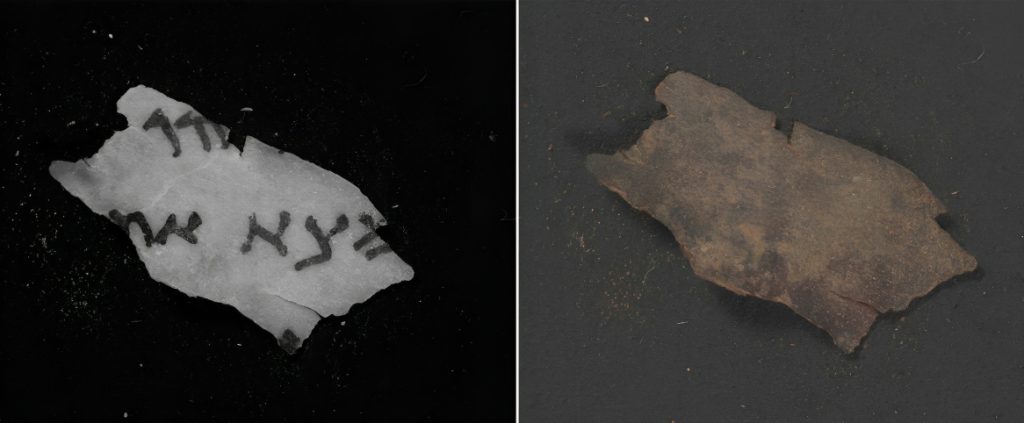
Historians at the Israel Antiquity Authority recently started to sort through the thousands of scroll fragments, many of which were too fragile to be handled enough to study. In order to circumvent the reality of the scrolls, they used digital technology to scan the fragments into a database where they could be perused as needed.
Nature Can Be Ruthless
An unfortunate reality of both the physical elements and time is that both can wreak havoc on important documents such as the sea scrolls. While some of them were made in sturdy materials such as copper, many of the scrolls retrieved from the Qumran caves were made of much more fragile materials such as papyrus and parchment.
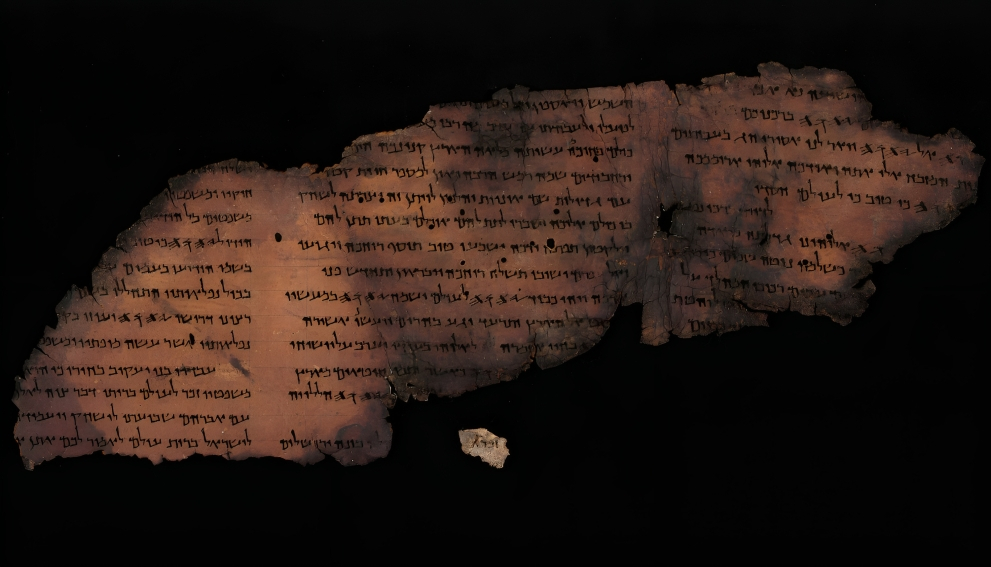
Because these documents are so old and made of fragile materials, the reality is that many of the fragments that were retrieved from the caves were either too fragile to handle, or completely unreadable altogether. The use of infrared technology by the IAA may have circumvented that reality of time, however.
Hidden in the Infrared
In studying the scroll fragments, Oren Ableman, a doctoral candidate from the Hebrew University of Jerusalem and one of the researchers in the Dead Scrolls Unit with IAA, noticed something peculiar about one of the pieces while it was being scanned in.
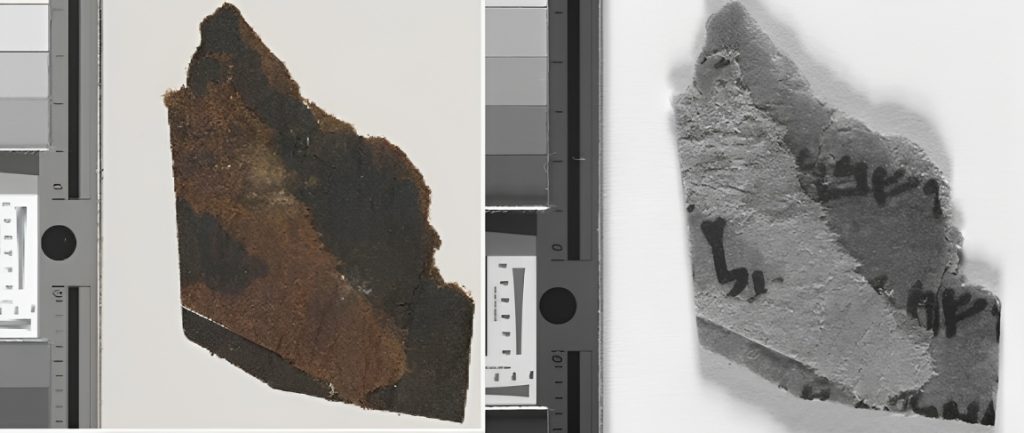
The fragment in question appeared blank and dark to the naked eye. Upon scanning, though, Ableman noticed that there were some markings in the image that became clear once the fragment was viewed with infrared imagery. The infrared view allowed Hebrew letters on the scroll fragment to become clear, letters that hadn’t been seen or translated before.
New Information for Historians to Ponder
The use of infrared allowed for the IAA researchers to piece together pieces of scroll that had been thought to be lost, and the information revealed was even more exciting. The fragments belong to several different scrolls, and the missing letters helped researchers understand more about these ancient documents and what they were trying to say.

For instance, one fragment was able to be attached to the Temple scroll, which is a document that gives instructions for how to conduct service in the ideal Temple. Scholars have long debated how many copies of the temple scroll are in existence, and the information provided on this fragment seem to suggest that there are three scrolls.
Further Information, and a Presentation
Another fragment comes from the Great Psalms Scroll. The fragment in question contains the beginning of Psalm 147:1, a passage regarding the praise of the almighty. The fragment reveals that the ancient version of the verse is shorter than the version studied in Hebrew text today.
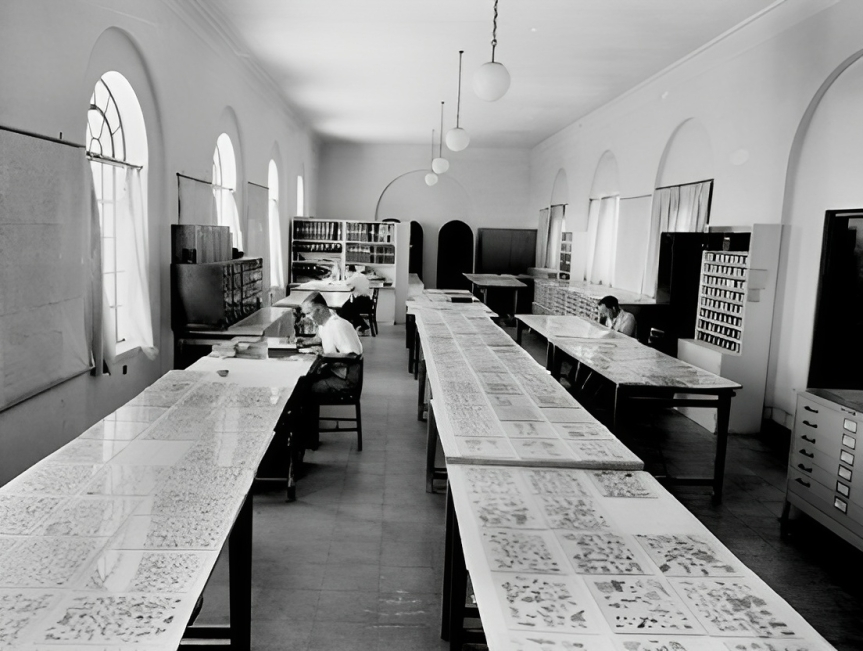
Other new writings that were discovered come from the books of Deuteronomy and Leviticus, which are commonly known books in the Christian Old Testament and the Hebrew Bible. The findings were presented by the IAA at a conference called “The Dead Sea Scrolls at Seventy: Clear a Path in the Wilderness.”
A Stunning Discovery, Especially in Light of the Recent Past
The discovery of new text on these fragments is exciting for the scientific community, as it’s rare for authentic examples of ancient text to still be found. This new discovery, which is well documented with clear origins, is contrasted by the discovery of approximately 70 new scroll fragments that appeared over the last two decades.
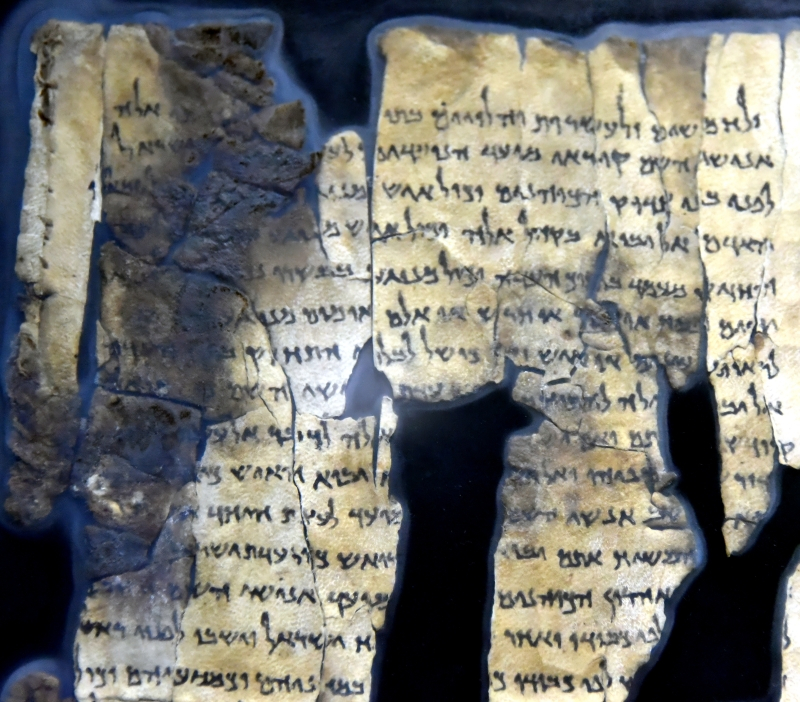
The fragments, which immediately began to circulate in the antiquities market, were under intense scrutiny by scholars. The fragments were of murky origin, at best, and other red flags surfaced when sixteen of the fragments were put on display in the Museum of the Bible in Washington D.C.
Forgeries Revealing the True Marvel of Science
The fragments that turned up in the Museum of the Bible’s collection had been acquired by Hobby Lobby founder Steve Green, raising further questions about their authenticity. Despite the uncertainty around the fragments, they continued to be displayed until early in 2023, they were confirmed to be modern forgeries by investigators.
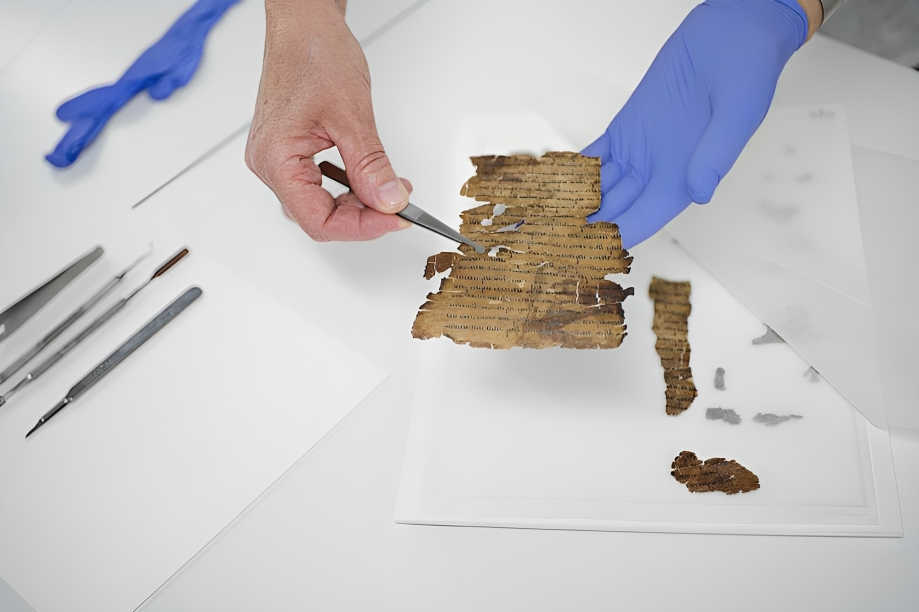
This is in contrast to the new information from the fragments possessed by the IAA. New information doesn’t mean fake as a rule, and many scholars are praising the infrared images of the fragments as a modern success story. The use of technology in the study of history can yield great rewards, if done properly and ethically.
Further Research Is Necessary, and Ongoing
The ongoing research into the Dead Sea Scrolls has huge implications for both the historical and theocratic communities. Hebrew scholars are thrilled for the discovery that leads to greater understanding of their ancient texts, and historians are excited for what it could lead us to reveal about life millenia ago.

Despite the controversy surrounding the scrolls and the way they were discovered, it cannot be denied that they are incredibly important pieces of history that need to be preserved. Further study is all very well and good, but it cannot come at the expense of these irreplaceable documents. Modern technology can do a lot of harm, but in this instance, the good outweighs the bad.

